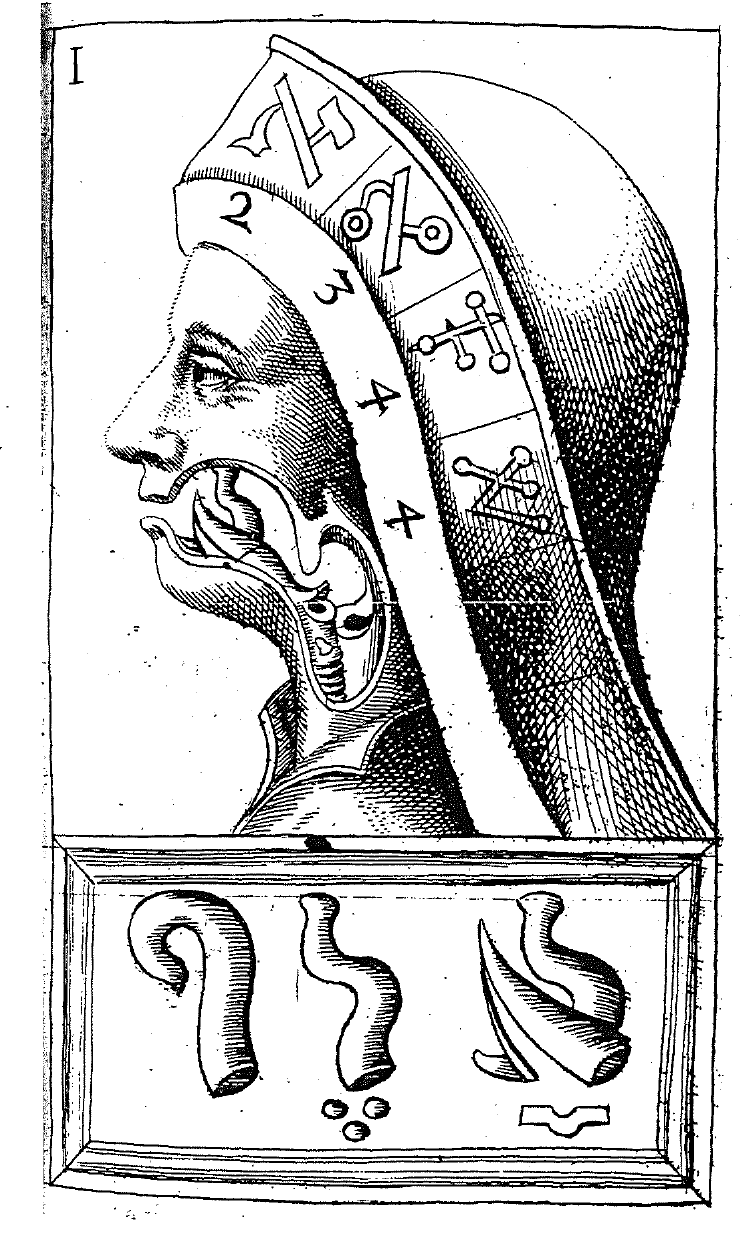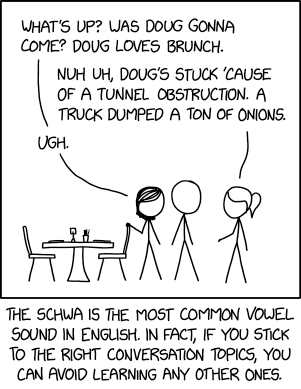Cucurbits and junk characters
Christopher Rea came to Penn a few weeks ago and delivered this lecture:
"From Zhuangzi’s Gourd to Cinderella’s Pumpkin: Gua 瓜 as a Vehicle for the Imagination"
(2/22/24)
The Daoist philosopher Zhuangzi tells us that one remedy for a lack of imagination is to take your gourd for a ride. Confucius makes a point about usefulness by comparing himself to a calabash. Gua 瓜—which include gourds, melons, pumpkins, squash, and bitter melon—abound in Chinese philosophy, art, poetry, historiography, and storytelling, notably in late imperial novels such as Jin Ping Mei, Journey to the West, and Story of the Stone. Why? Christopher Rea argues that gua have several qualities that account for their enduring popularity in the figurative imagination, including their sound, shape, seasonality, variety, and abundance.
Read the rest of this entry »




